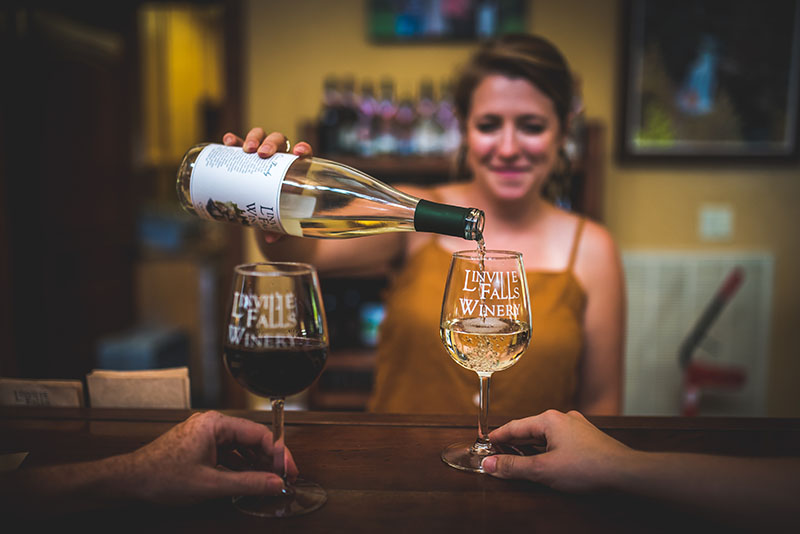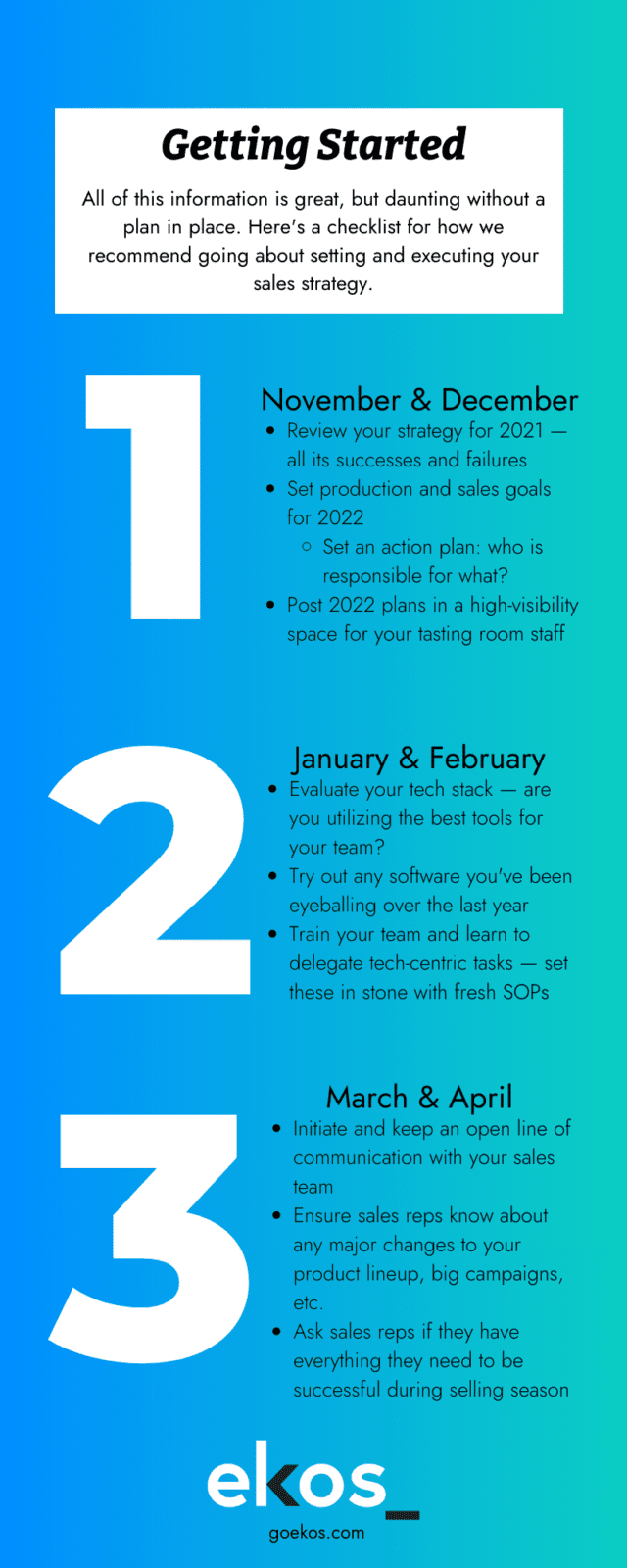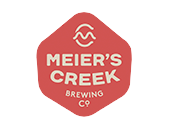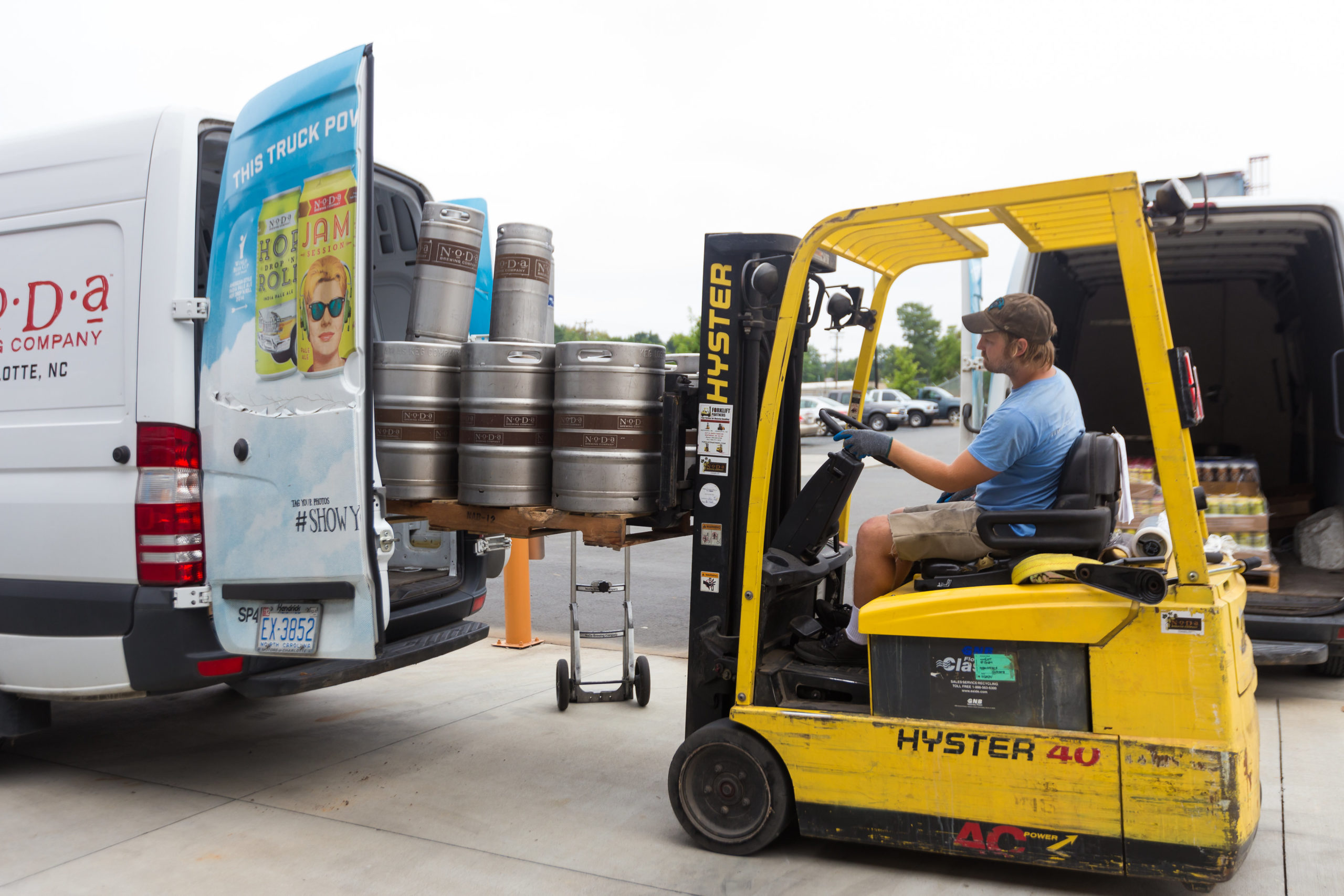As the new year quickly approaches, we know you are getting your business in line to start 2022 with a bang. But all of that work means nothing without a solid sales strategy. Check out our guide, inspired by a webinar with Ekos’s CEO, Josh McKinney, for how to get ready for a strong new year.
Want to skip to the good part? Here’s a timeline of key planning activities for the new year.
Review Your Sales Strategy
Improvement can’t happen without an honest look at the work you’ve done so far. Begin this process by taking a look back at the last few years. Commend yourself for your winery’s successes and make note of areas for improvement. Consider the following questions:
- Did you meet your sales goals in 2021?
- How did your sales split by channel — direct-to-consumer, wholesale distribution, etc.?
- What did the split among types of customers look like?
After thinking through these questions, you should have an idea of whether your year went as planned and how you can do better next year.
Keep in mind that the last two years were unusual (to say the least), but that doesn’t mean you should ignore the numbers. 2020 and 2021 could still be indicative of your successes and challenges in the next year.
Evaluate your sales team, too. Ask top-performers on your sales team what made them so successful. They could be creating a “secret sauce” that your other sales reps could emulate, bringing you more sales and them more success.
Another key consideration in sales strategy is your product. Some wineries might find seasonal wines — especially for big events like New Year’s, graduation, and Christmas — to be wildly successful. Others, not so much. Whatever you chose, evaluate success and use product knowledge to make decisions about next year’s product offering. Besides the seasonal crew, consider which products were most popular among your customers and why. Success could come from a delicious new strategy in your winemaking, newly focused promotions, or something else. Whatever the answer may be, use that to your advantage. If your promotions are top notch, keep at it. If you did something special with your blend that your customers love, bring that strategy to future offerings.
Assess Your Marketing
To some, marketing might seem like a pit of money. If you jump in without a plan, that could be true — marketing requires strategy. If you’re lacking a strategy or just want to brush up, read on.
First, analyze your website traffic. Consider the times of day or week your site is most popular, why that is, and what content visitors are interacting with most. This will help you gain a clear understanding of when and what to post on your site to maximize traffic. Consider adding a consistent blog or pushing social media followers to your site for more information on events and specials. This way, your customers are becoming more familiar with your brand and building engagement online. Your website is a valuable tool for pushing information and news to your customers.
Next, turn to social media. To reach the most customers, you should be evaluating your social media following, engagement, and strategy regularly. If you aren’t gaining followers, it’s time to consider why. Everyone is using social media, so you have plenty of competition and inspiration to get you going. Make sure you’re promoting your channels around your tasting room and encouraging customers to look you up and follow you to stay up to date on hours, specials, and more. Gaining followers, however, isn’t all you need. Engagement is the key. If you spot customers taking photos in your space, ask them to tag you so you can share their posts on your platform. In turn, you’re gaining engagement and building up your brand in their mind. Consider both your audience and what gains the most engagement when you post. Do your followers seem to love photos of their fellow customers? Well-designed flyers? Wine pours? Beautiful shots of the vineyard? Whatever the answer, do that as much as you can. Like we said — build your brand.
Scrolling through any social media platform, you’re bound to see advertisements based on your online interests. Your customers experience the same thing, so why not get your name in the mix? If you’ve already jumped into paid advertisements on social media, congratulations. Now, evaluate how your ads have been performing. Which platform gave you the most engagement? Are you seeing a return on your investment into these ads? Use this information to further guide you and your advertising strategy. If you haven’t entered the paid ad world, don’t be afraid. You may want to enlist the help of an expert to help you reach the right audience. But if that isn’t in the cards, do your research on keywords and ad services before you commit. Every platform has different rates and returns, so it may be a process of trial and error before you develop a paid ad strategy.
Promotions and campaigns are the water down the river of social media — it wouldn’t exist without them. Make note of your campaigns this last year and how they performed. If you aren’t seeing customers drive back to your website or boost your sales, maybe it’s time to make a change. Set goals and standards for what would demonstrate success for your campaigns and strive to meet and exceed those goals. If you already set goals for your campaigns in 2021, how did they land? Did your ideal customers engage with these campaigns as much as you wanted or not?
Marketing is a great area to enlist the help and expertise of fellow winemakers in. Look to your friends — and competitors — for inspiration. Some may say we are all in this together, so be sure to be there when your peers come to you for ideas and advice, too.
Evaluate Pricing & Margins
Some winemakers are drawn to their profession by passion and tradition. But somewhere along the line, you need to make some money to stay in business. As we head into another year, now is a great time to evaluate your pricing strategy and be sure you’re hitting the sweet spot for both your margins and the price your customers are willing to pay for your product.
Be sure you understand the full depth of your costs. Raw materials, packaging, labor, and overhead should all factor into your pricing, plus any other associated costs and the margin you need to make to continue crushing those grapes. You should also separate your margins by channel and product when evaluating your margin. Obviously it costs less to distribute your wine in the tasting room than to distribute it through your local supermarket or restaurant, so the calculation will be different for every channel. Keep this in mind when evaluating the success of your pricing strategy.
Check in with the competition and compare your pricing. There could be instances in which your competition is affected by something like a supply chain issue while you’re doing just fine, or you could be out of the loop on something coming down the pipeIine for all wineries. Either way, competitor pricing should absolutely be a consideration for your pricing. With wildly different numbers than any close competitor, you likely won’t see a lot of growth this coming year. Be competitive and reasonable.
Reducing Pain Points
Every business is unique. But one almost universal truth is that technology is here to stay, and it’s a tool that can put you miles ahead of where you are now. An effective business management software can help you drive efficiencies and track activity in real time so your winery can grow. It’s important to have a functional and user-friendly point-of-sale system, inventory and production management program, and accounting software. Even more ideally, find software that integrates these programs to streamline your tech stack.
Now What?
This is a lot to consider, so we created a timeline so you can evaluate and implement changes to your sales strategies as we close in on 2022.
In November and December, start by completing a look back on 2021. This will allow you to see where you succeeded this year and where you need to make adjustments. You should also decide on what sales and production goals you’d like to achieve in 2022 and create an action plan. This plan will delegate tasks among your staff members and set deadlines to keep everyone accountable. Speaking of accountability, once you have your goals and action plan laid out, post them somewhere your whole team can see what they’re working toward and hold each other to company-wide goals.
As we move into the new year, start thinking about and executing your investment in technology. January and February are great months to evaluate what winery software you have now and get started with something new, if you’re looking for that. When you’re looking to maximize efficiency, make sure you’re training your team on how to utilize the software and delegating tasks. It’s easy to think you have to do all of the computer work when all of the knowledge lies in your head. Instead of feeling overwhelmed with that responsibility, share your training and expectations for managing your tech stack with team members. Create SOPs to ensure your team knows who is responsible for what. During these months, you should also finalize your marketing plan. Now that you’ve reviewed all of your campaigns from the last year, plan out how you’re going to hit the ground running from the get-go in 2022.
In the springtime, take the time to update your SOPs and prep your sales team. If they’re going to need to do something different than last year, make sure they’re prepared. After all, they are preparing for a busy summer and fall selling your wine. They should know about any big campaigns or changes to your offering, locations, or distribution plans.
We know the year will approach quickly, so don’t hesitate to get started sooner rather than later so you can have your best year yet. For more details on evaluating and executing your sales strategy in 2022, check out this webinar with Ekos’s CEO, Josh McKinney, who will dive into all of this information and more.






